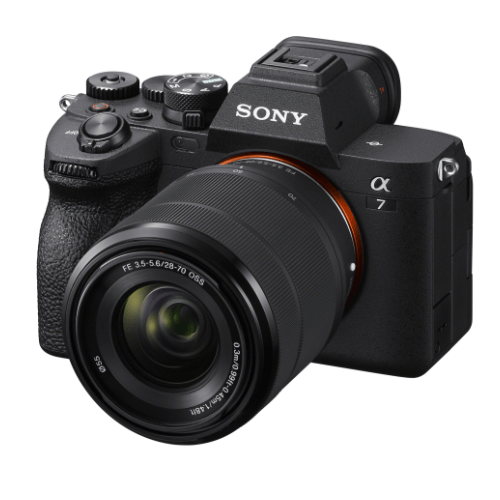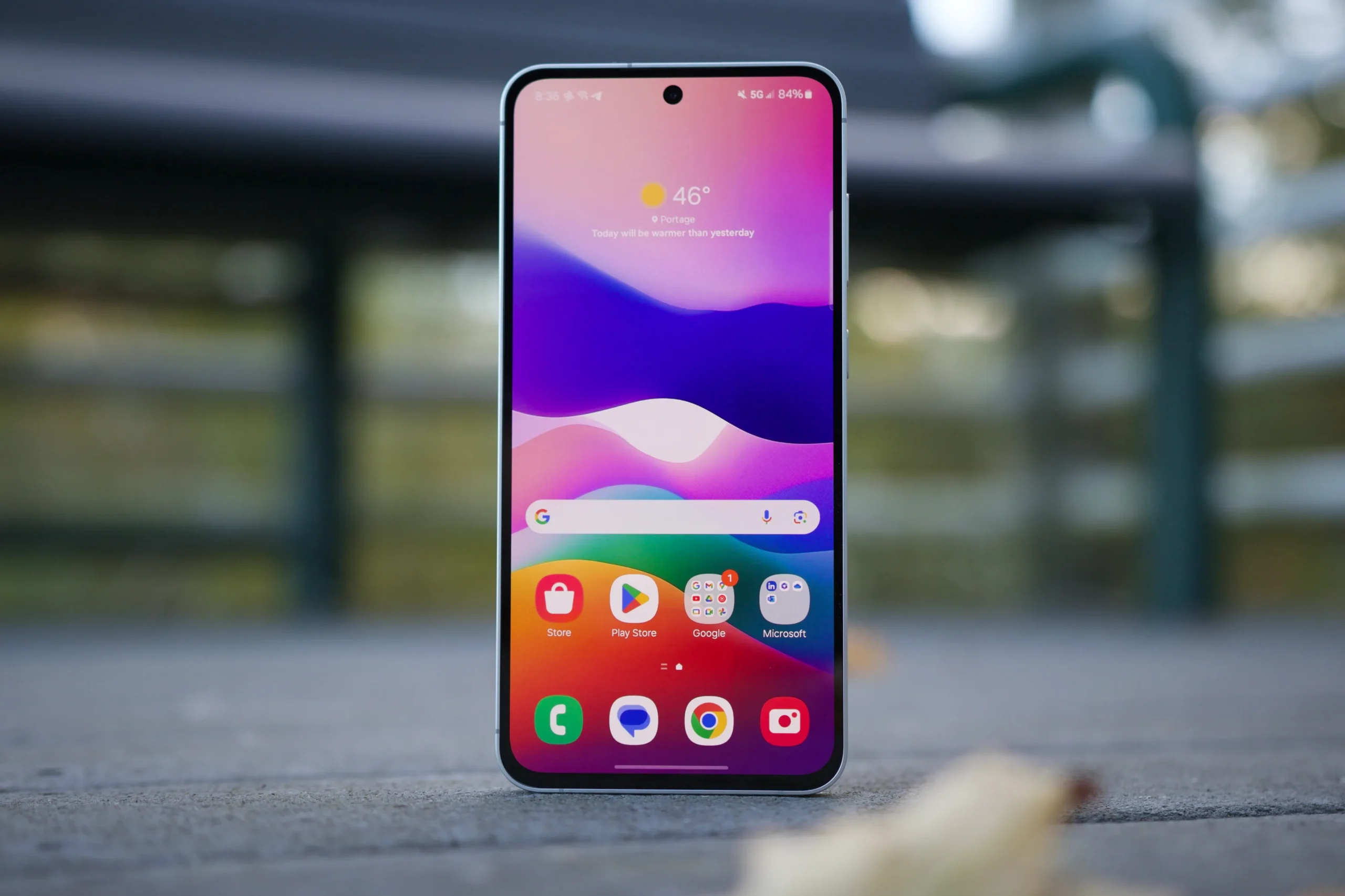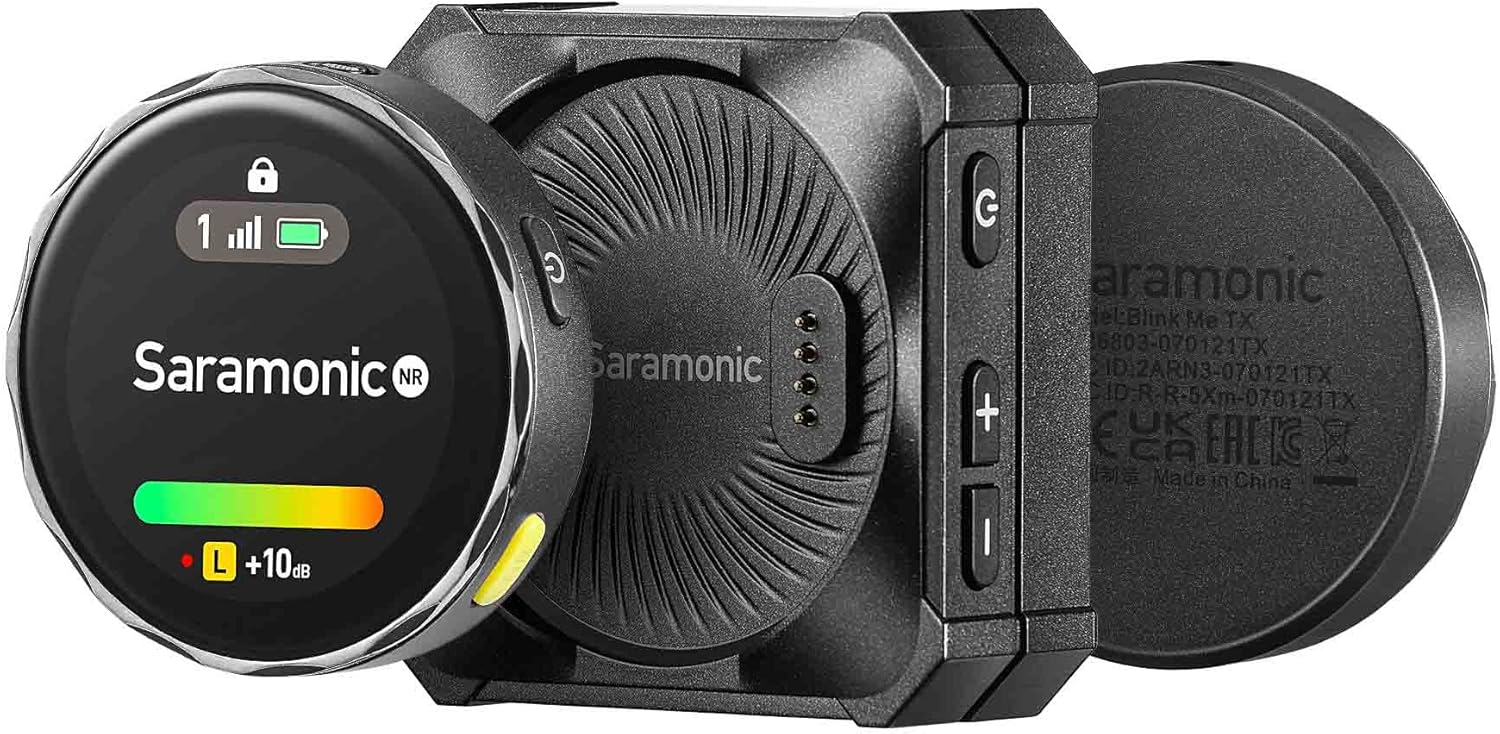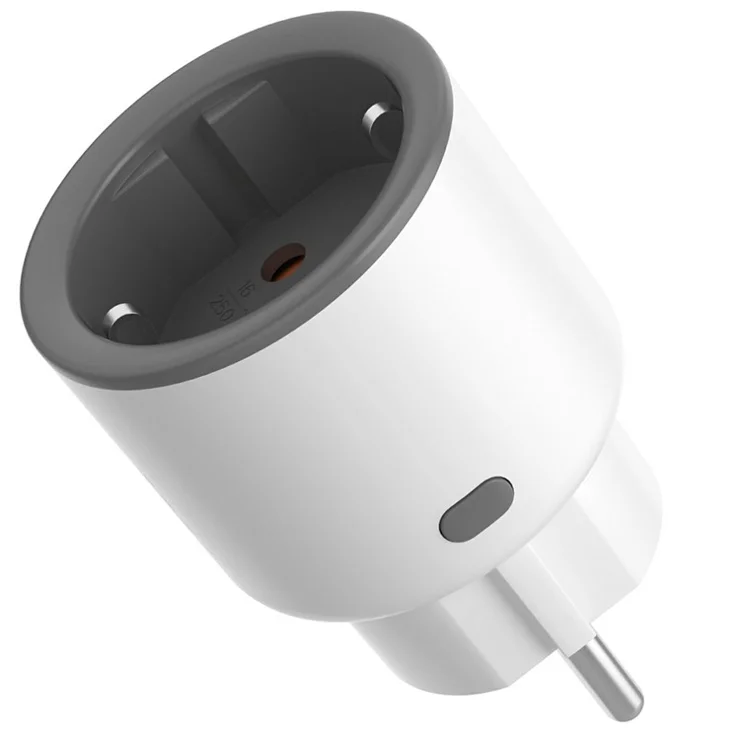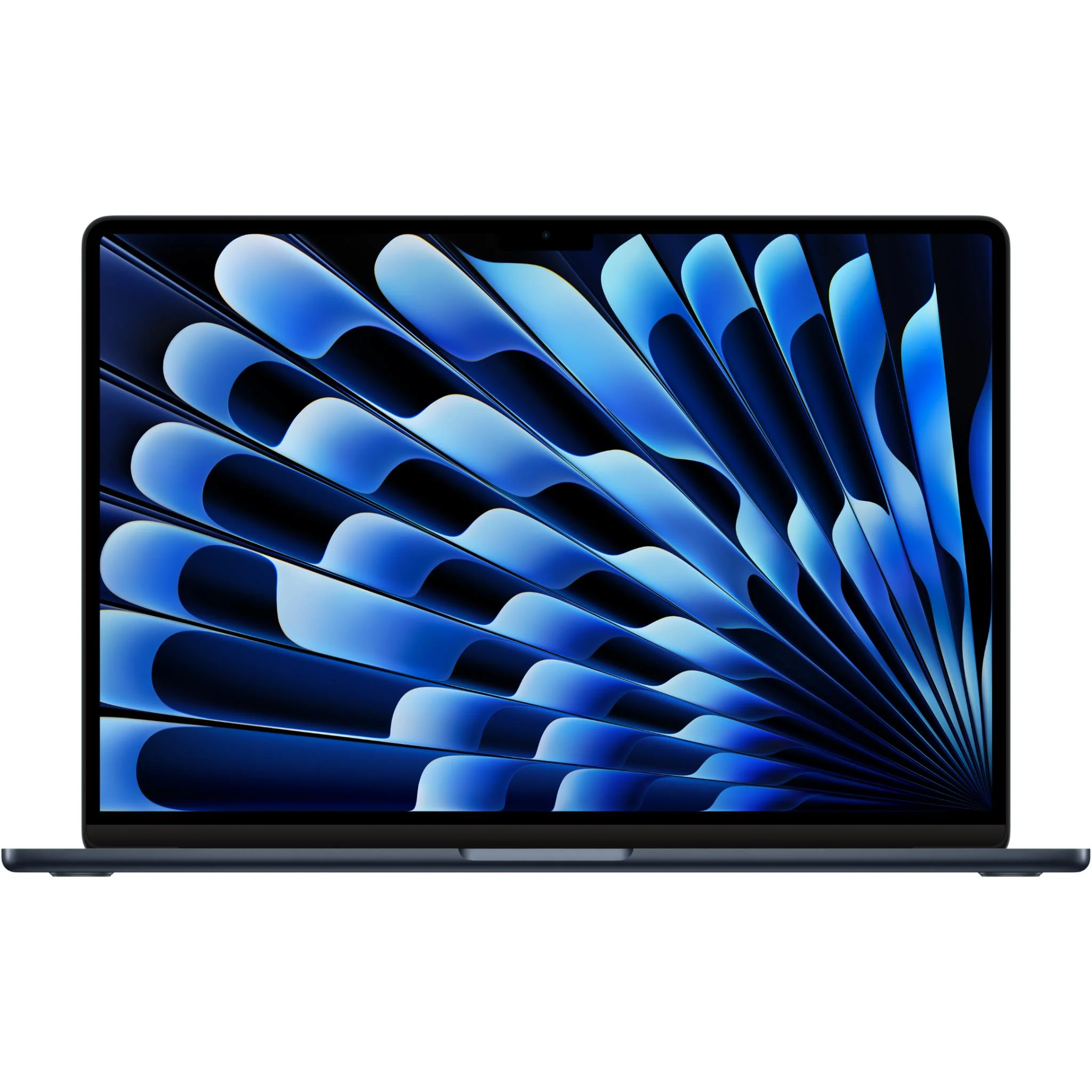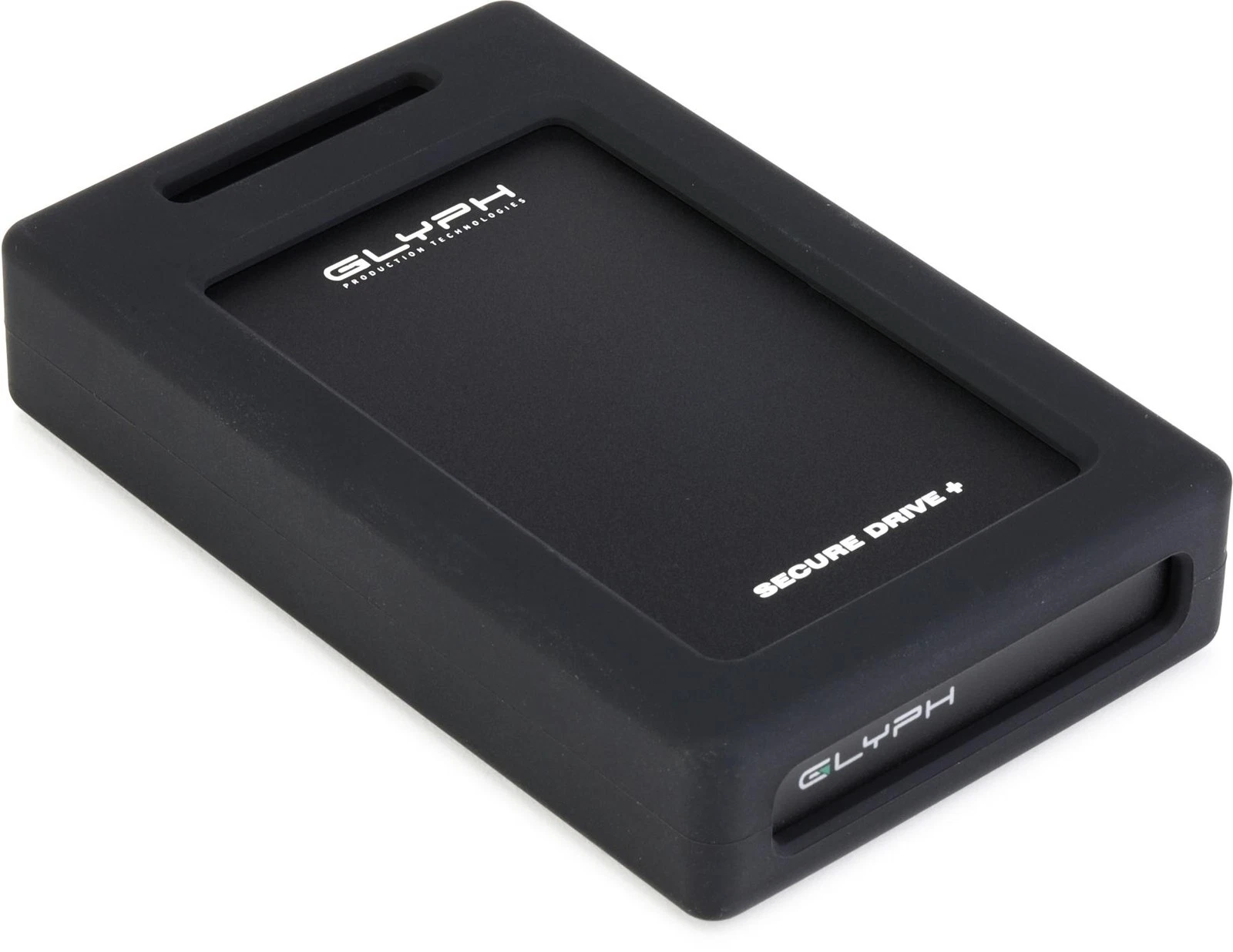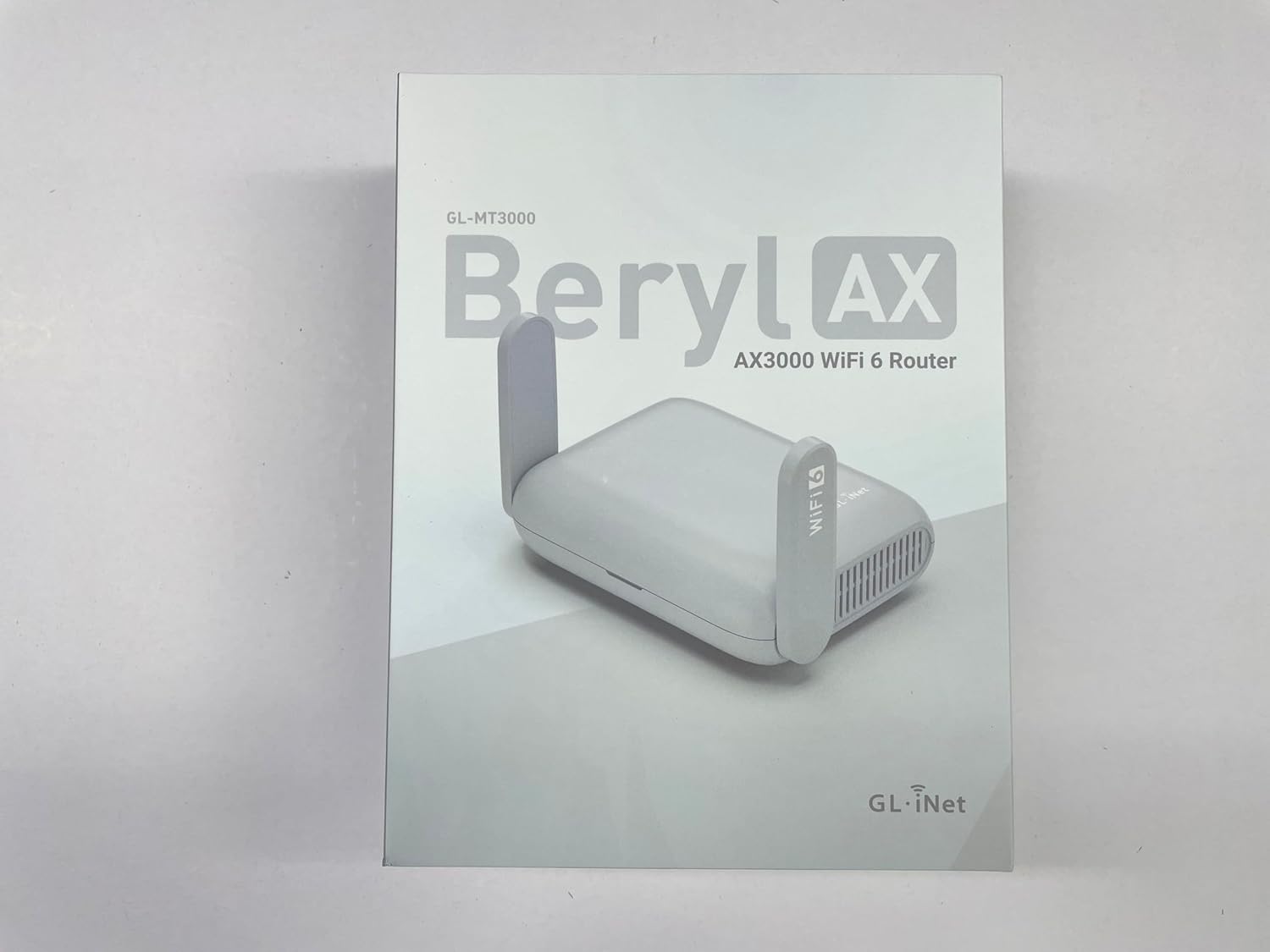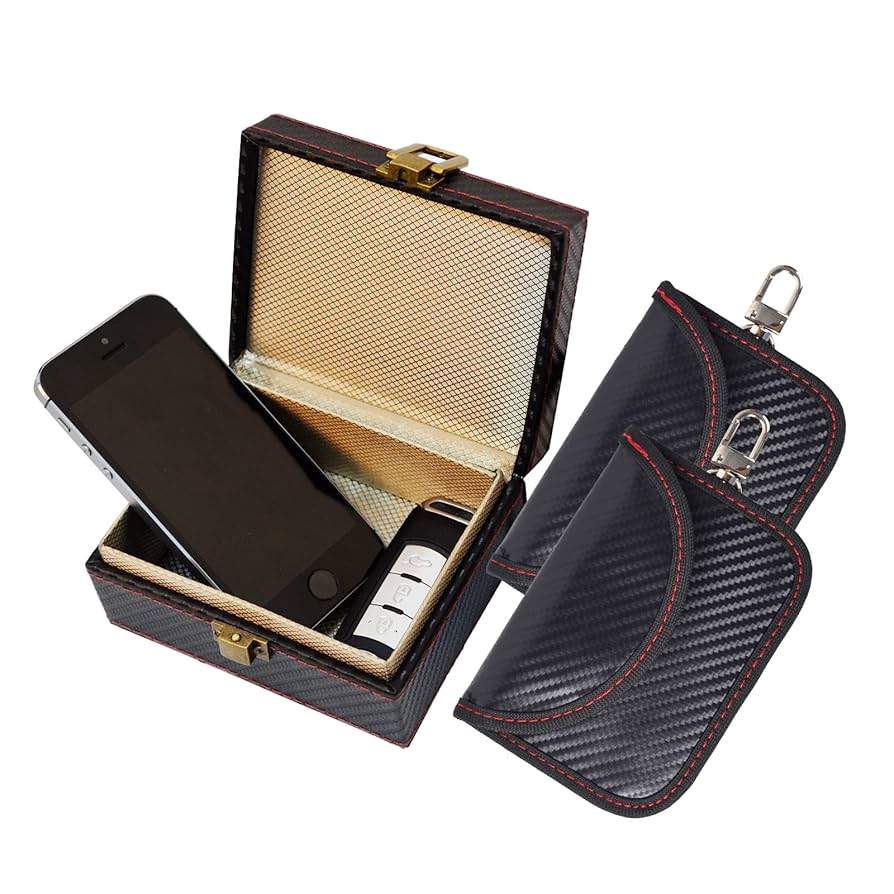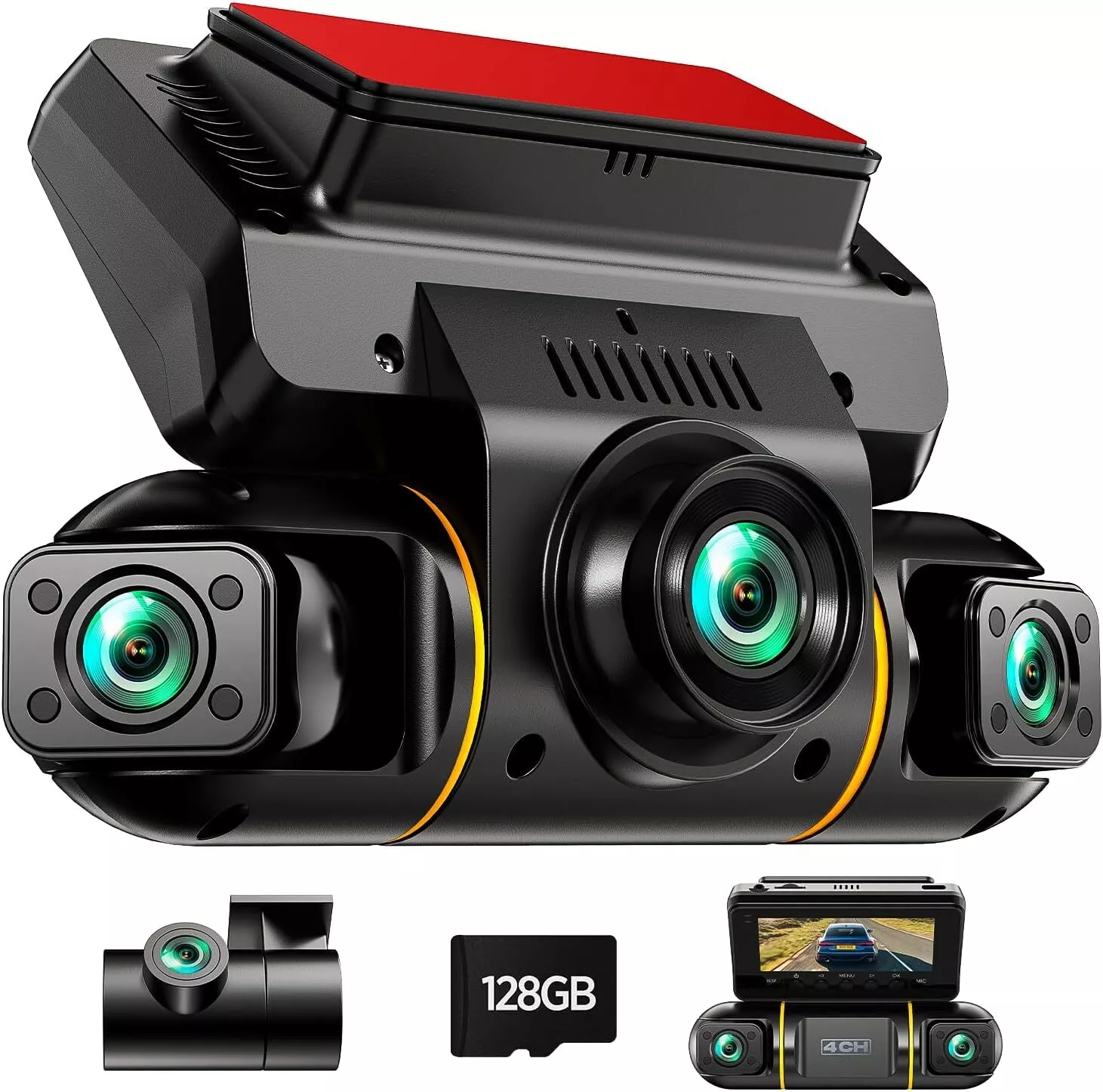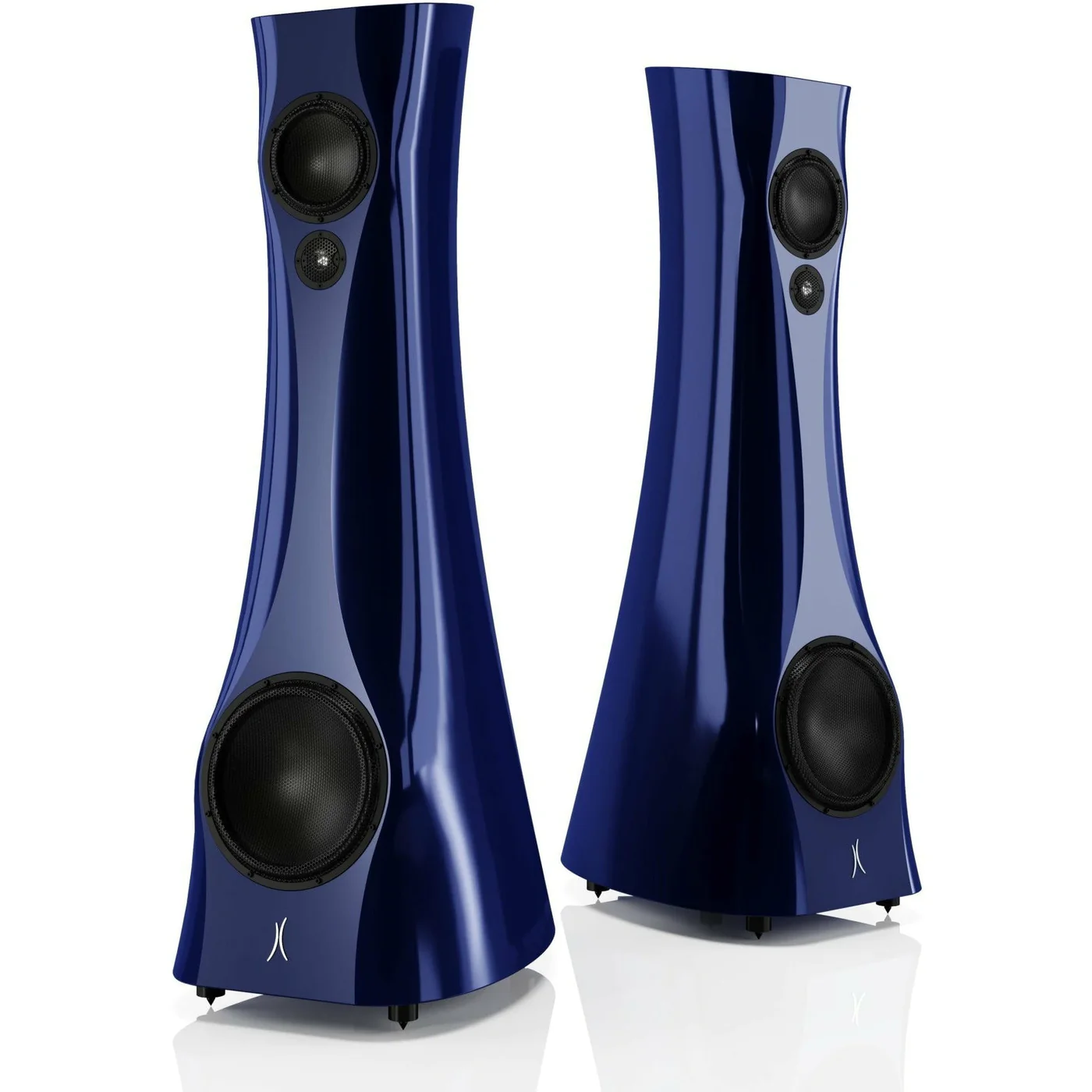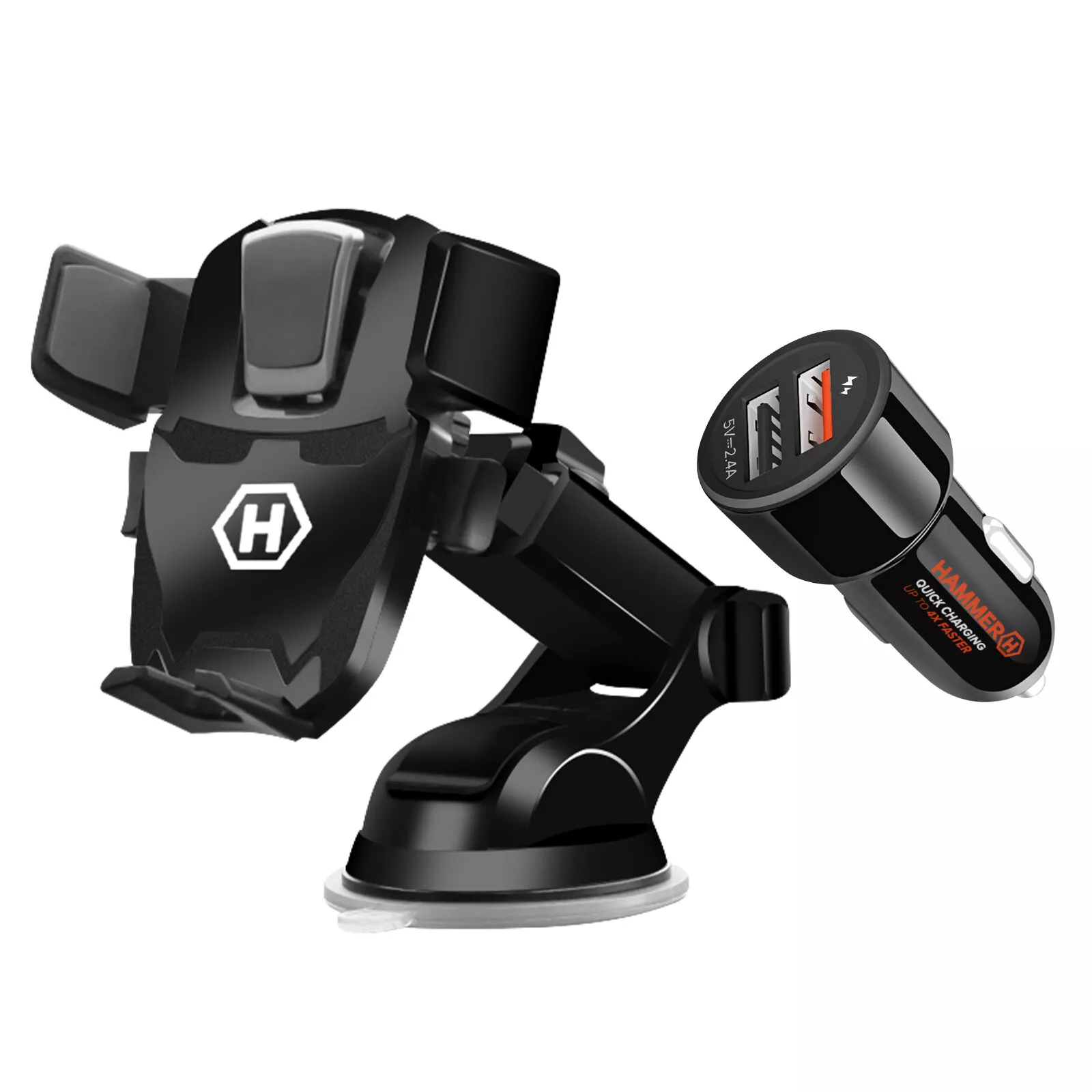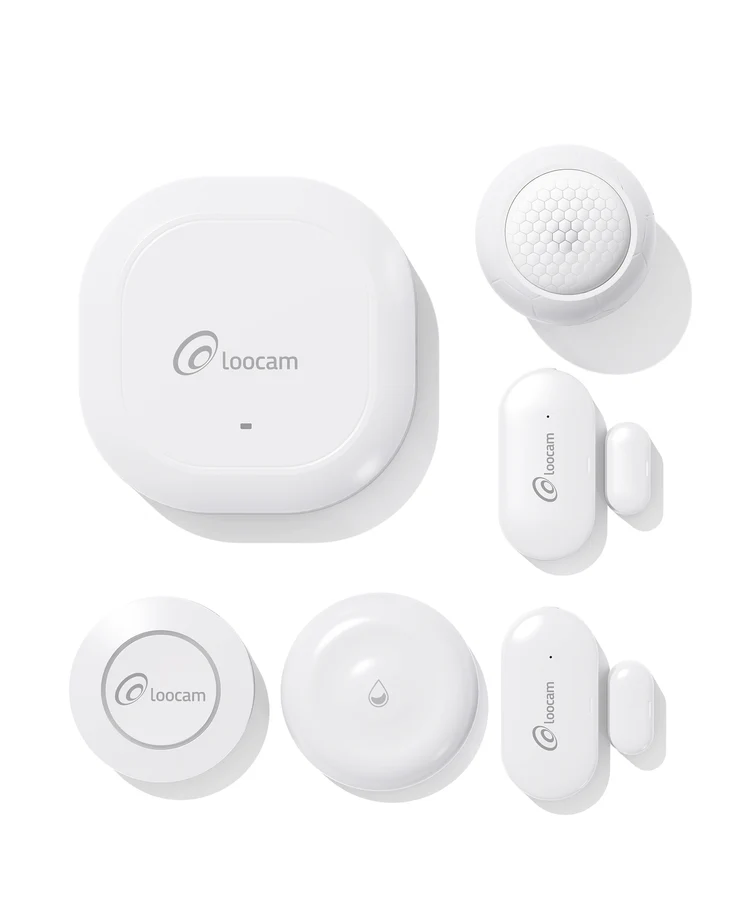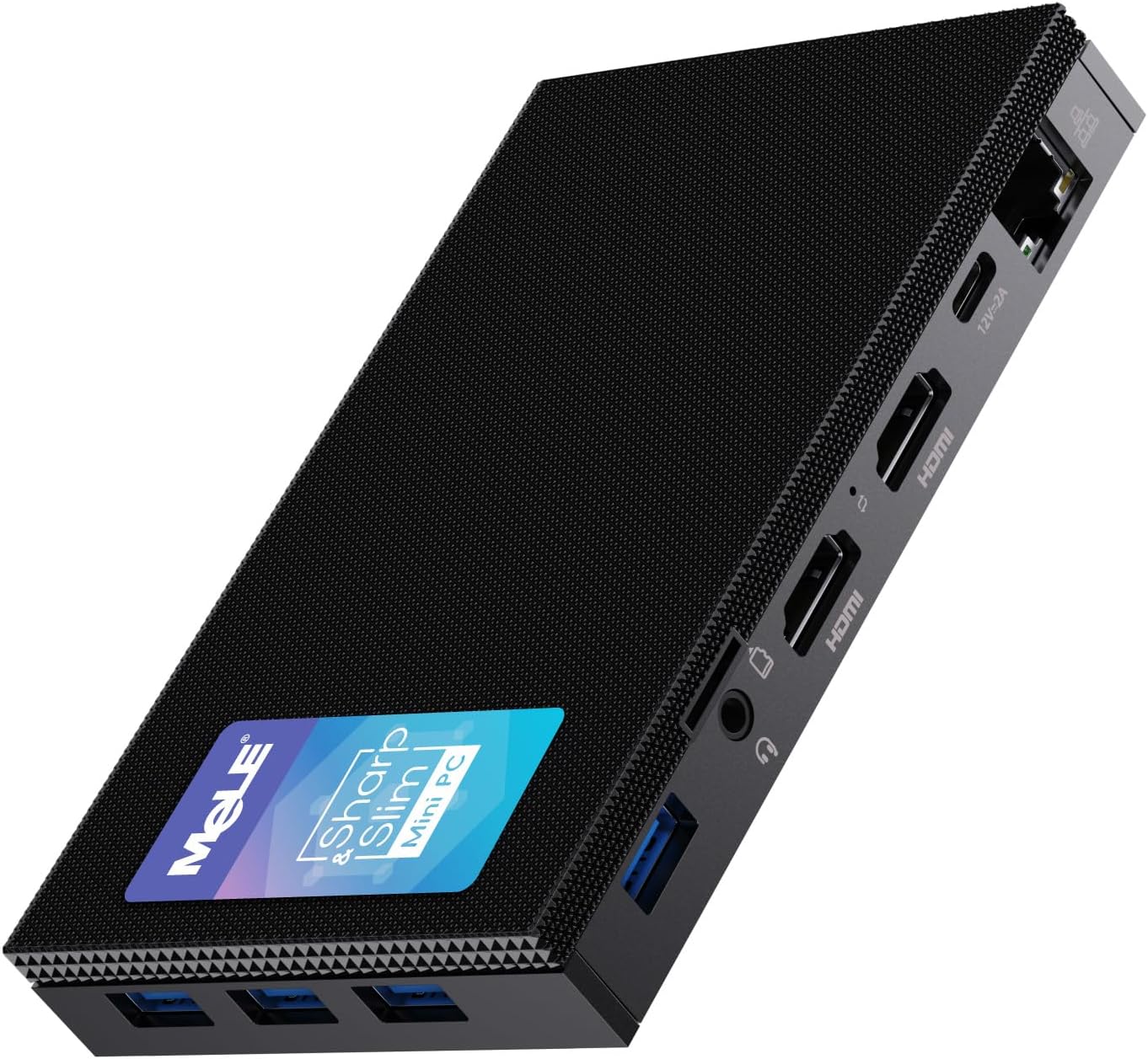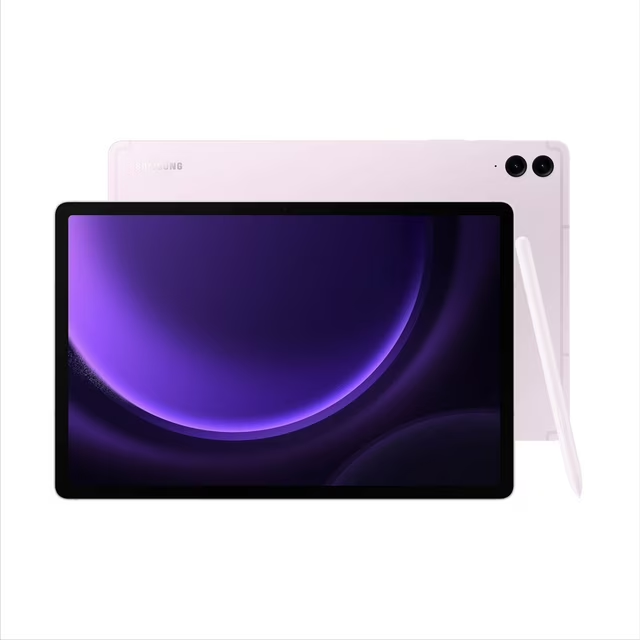Cameras shouldn’t feel like a riddle wrapped in acronyms. Whether you’re moving up from a smartphone or replacing a beloved DSLR, a clear framework turns confusion into confidence. In this guide, we’ll map the decisions that actually matter—sensor size, lenses, stabilization, autofocus, video formats, and ergonomics—and how they translate into better pictures in the real world. You’ll get field-tested checklists for travel, family, content creation, and low-light events, plus a smart path to build a kit that grows with you. Throughout, we’ll reference Mundus Digital Cameras so you can browse, compare, and buy in Germany with zero guesswork.
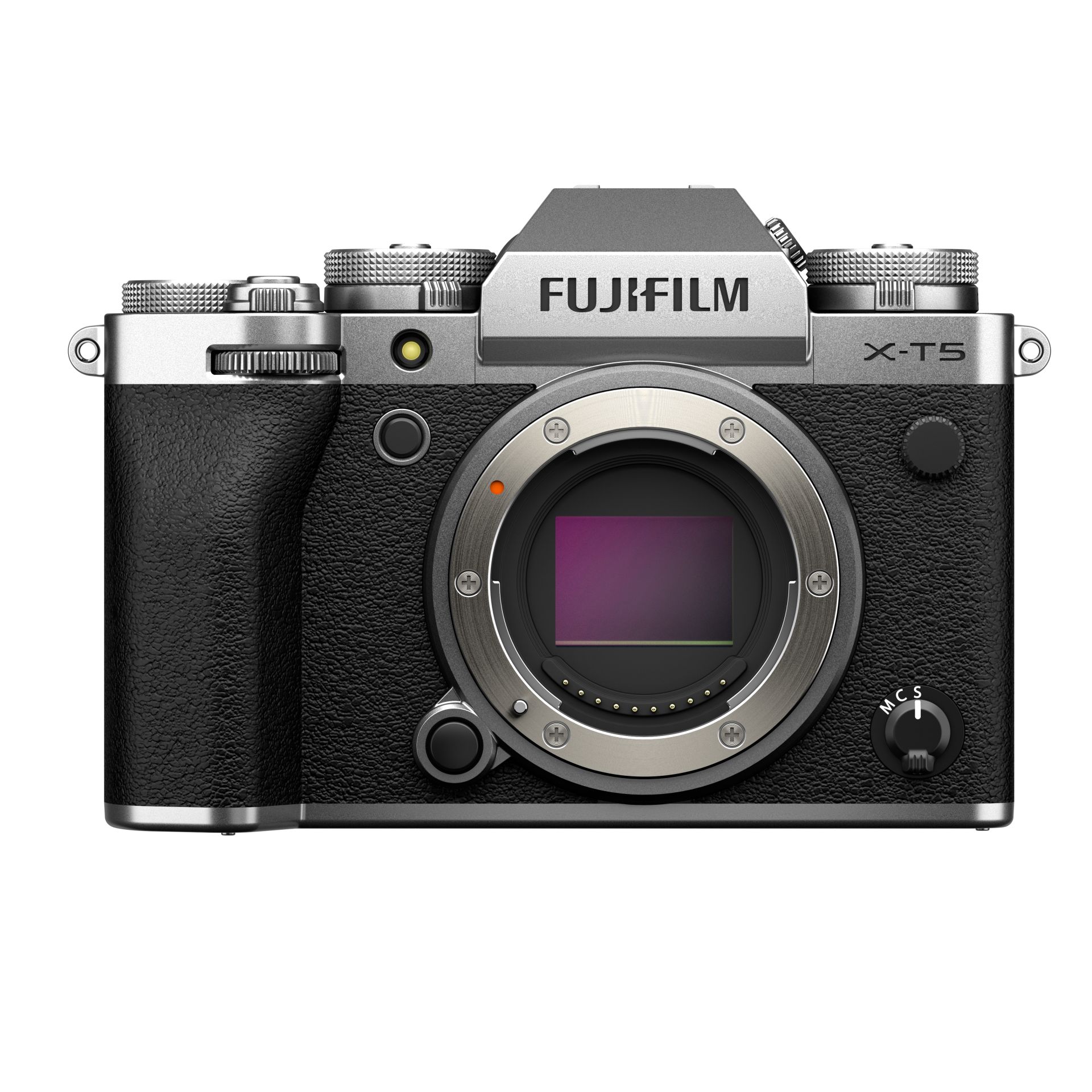
Step 1 — Pick a System, Not Just a Body
Your camera is the start; your system (lenses, batteries, flashes, mics) decides what you can shoot next year. Modern mirrorless ecosystems dominate because they’re lighter, faster, and better at autofocus than most legacy DSLRs, and they keep getting new lenses. When you buy at Mundus Digital Cameras, think in 2–3 year arcs: which lenses are available now, and which you’ll want later (wide for travel, macro for products, fast prime for portraits, tele for wildlife). A healthy system means more creative options and better resale value.
Step 2 — Sensor Size: Full-Frame vs. APS-C vs. Micro Four Thirds
Sensor size affects look, low-light performance, lens size, and price.
- Full-Frame (36×24 mm): Maximum background blur, excellent low-light, wider field of view at the same focal length. Bodies and lenses tend to be larger and pricier.
- APS-C (~24×16 mm): Lighter, more affordable; a 35 mm lens behaves like ~50–56 mm equivalent. Great balance for travel and everyday.
- Micro Four Thirds (17.3×13 mm): Smallest bodies/lenses, deep lens catalog, superb stabilization in some models; excels for travel, vlogging, and long reach with compact telephotos.
If you love night scenes and shallow depth-of-field portraits, full-frame sings. If you value weight, cost, and reach (wildlife, sports), APS-C or Micro Four Thirds is a joy. Mundus Digital Cameras stocks all three, so you can shoulder-test what fits.
Step 3 — Autofocus & Stabilization: Why Your Keepers Count
Blurry misses are the mood-killers. You want:
- Subject detection AF: Modern cameras recognize eyes, faces, animals, vehicles, even helmets. Great for kids, pets, and events.
- Cross-type/phase detect across the frame: The more coverage, the easier it is to recompose without losing focus.
- IBIS (In-Body Image Stabilization): Helps in low light and smooths handheld video. Pair with stabilized lenses for “dual IS” benefits.
- AF in low light: Specs like “–4 EV AF” indicate focus confidence near darkness—handy in concerts or evening streets.
Try continuous AF on a moving subject in store; watch how quickly the box locks and sticks. Mundus Digital Cameras demo counters are perfect for this quick reality check.
Step 4 — Video Specs Without the Headache
Even if you’re buying for photos, video features matter for family clips or social content.
- Resolution & Frame Rate: 4K is baseline; 4K60 adds slow-motion flexibility; 1080p120/240 = super slow-mo.
- Bit Depth & Subsampling: 10-bit 4:2:2 captures richer colour for grading; 8-bit 4:2:0 is fine for quick edits.
- Log Profiles: Flat colour profiles (LOG) preserve highlights; great if you edit. If not, standard/“Natural” profiles still look fantastic.
- Record Limits & Heat: Look for long record times if you vlog/interview.
- Ports: Mic in, headphone out, micro/mini/full HDMI, USB-C with power delivery for long shoots.
If you want “press record and relax,” choose a body known for long, stable 4K recording and reliable AF tracking. You’ll find those filters on Mundus Digital Cameras listings.
Step 5 — Ergonomics: Your Hands Decide
Spec sheets can’t tell you how a camera feels. Hand size, button layout, viewfinder size (0.70× vs 0.80× magnification), articulating screens (fully vari-angle for vlogging; tilting for street/landscape), and a front dial you can find without looking—these determine whether you actually bring it along. Try the grip with your go-to lens mounted; a body that felt fine bare can feel front-heavy with a 24–70. Mundus Digital Cameras in-hand testing beats any PDF.
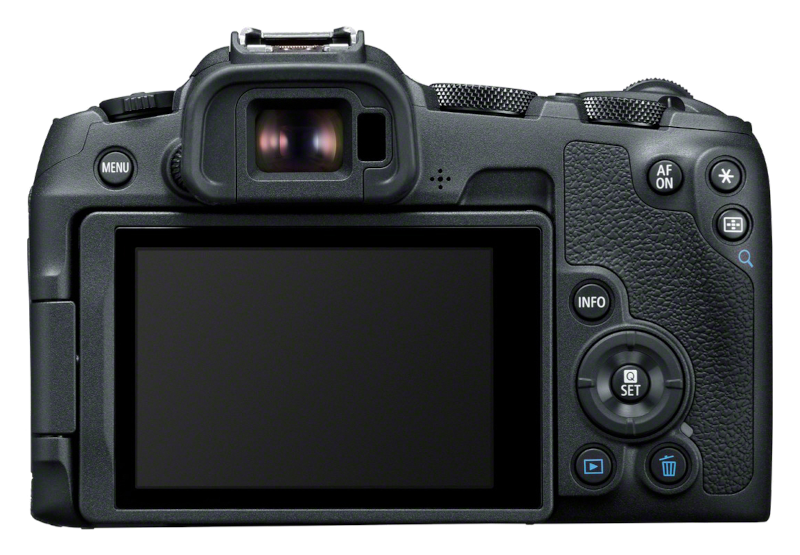
Build the Right Kit for What You Shoot
1) Everyday & Travel (Light, Versatile, Ready)
Body: APS-C or Micro Four Thirds with great AF and IBIS.
Lenses:
- Zoom: 16–50/55 (APS-C) or 12–32 (MFT) for city and interiors.
- Prime: 23/24/25 mm (≈35–50 mm equiv.) for low-light cafés and portraits.
Why it works: Lightweight, discreet, stable. Add a USB-C power bank for all-day touring.
2) Family, Kids, Pets (Fast AF, Clean Indoor Shots)
Body: APS-C or full-frame with strong eye/subject AF.
Lenses:
- Zoom: 24–70 (FF) or 17–50 (APS-C) f/2.8 for indoor light.
- Prime: 50/85 (FF) or 35/56 (APS-C) for creamy portraits.
Accessories: Bounce flash or on-camera LED, fast SD cards.
Why it works: Low-light flexibility + eye AF = more keepers of fast-moving chaos.
3) Content Creators & Vloggers (Hybrid Photo/Video)
Body: Good 4K (ideally 10-bit), flip screen, mic/headphone jacks, reliable AF.
Lenses: 16–35 (FF) or 10–20/11–22 (APS-C) for arm-length framing; a 24/25/30 mm prime for A-roll.
Audio: On-camera shotgun mic + small lav mic.
Stability: IBIS or a mini-gimbal; keep it simple if you walk-and-talk.
Why it works: Fast setup, clean audio, edit-friendly files.
4) Landscape & Cityscapes (Dynamic Range, Detail, Weather Seals)
Body: High-res sensor or pixel-shift options; weather-sealed preferred.
Lenses: Wide zoom (14–30 FF / 10–24 APS-C), sharp mid prime, lightweight tele for compression.
Support: Travel tripod, circular polarizer, ND filters (for waterfalls/cloud blur).
Why it works: Flexibility from blue hour to noon glare; seals for German weather swings.
5) Sports & Wildlife (Reach, Buffer, Tracking)
Body: Fast burst (10–30 fps) with deep buffer, sticky AF; blackout-free EVF is a plus.
Lenses: 70–200 and/or 100–400 (FF) or 50–140/70–300 (APS-C). Teleconverters if supported.
Why it works: Reach + tracking + buffer = your keeper rate skyrockets.
6) Events & Low-Light (Quiet, Clean, Stabilized)
Body: Full-frame IBIS champion with strong high-ISO. Silent shutter mode that doesn’t band under LEDs.
Lenses: 24–70/2.8 + 85/1.8 (or 35/1.4 for storytelling).
Why it works: You blend in, your files stay clean, and your wrists survive a long night.
Lenses: The Real Upgrade Path
Cameras get updates; glass lasts a decade or more. Plan a simple two-zoom + one prime path:
- Everyday zoom: 24–70 (FF) or 16–50/17–70 (APS-C).
- Tele zoom: 70–200 (FF) or 50–140/55–210 (APS-C).
- Fast prime: 35 or 50 (FF), 23/33/56 (APS-C) for low-light and portraits.
Later, add specialty glass (macro 90–105 mm, ultra-wide 14–24, pancake prime for travel). Mundus Digital Cameras product pages make it easy to compare lens weight and max aperture side by side.
Cards, Batteries, and the Small Things That Save Shoots
- Memory cards: Match your camera’s slot—UHS-I is common; UHS-II is faster for bursts/4K. For high-bitrate video, check V60/V90 ratings.
- Batteries: Two is one, one is none. Get at least one spare; USB-C PD bodies can sip from power banks.
- Filters: UV for physical protection (optional), CPL for reflections/sky, ND for video (1/50 shutter in daylight) or long-exposure stills.
- Straps & supports: A comfy cross-body strap or small sling improves “always with you” odds.
- Cleaning: Rocket blower + microfiber + sensor swabs (or pro cleaning at your local store).
Colour & Editing Flow That Won’t Eat Your Weekend
Shoot RAW+JPEG while you learn; share JPEGs immediately, keep RAWs for future editing. Use built-in colour profiles (“Standard,” “Portrait,” “Flat/Log” for video) to minimize time in post. For grading, start with auto white balance + exposure adjust + gentle contrast; add local tweaks later. Back up to two places (external SSD + cloud). A tiny habit now saves heartbreak later.
One Hybrid Block (Bullets + Guidance): 10-Minute Camera Shortlist
- Use case first: Travel? Family? Hybrid content? Rank your top two.
- Sensor pick: Full-frame for low-light/blur; APS-C/MFT for weight/reach.
- AF test: Eye/subject detect, track a moving person in-store.
- Stabilization: IBIS if you shoot handheld or video.
- Video needs: 4K30 baseline; 4K60/10-bit if you edit.
- Ergonomics: Grip + viewfinder + screen articulation that suits how you shoot.
- Lens plan: Everyday zoom + future prime/tele available now.
- Cards/ports: UHS-II, mic/headphone, clean HDMI if you stream.
- Budget split: Body ~50–60%, lenses ~40–50% (first year).
- Buy list: Body, lens, two cards, spare battery, strap, blower.
Walk into Mundus Digital Cameras with this list and you’ll walk out with the right kit.
Care, Firmware & Resale
Check firmware quarterly—AF and video stability often improve for free. Keep boxes/manuals for better resale. Store gear in a dry cabinet or with silica packs; avoid trunk heat. Treat your kit like a tool, not a trophy—use marks are normal; consistent maintenance matters more.
Troubleshooting: Fast Fixes for Common Hiccups
- Soft images at slow shutter: Raise ISO, enable IBIS, or follow 1/(focal length × crop) rule.
- Focus hunts indoors: Use a wider AF area or single-point; add a small LED or bounce flash.
- Grainy video in dim light: Open aperture, slow shutter to 1/50 (24/25 fps), raise ISO modestly; use denoising in post.
- Jello wobble (rolling shutter): Shoot higher frame rates or avoid fast pans; some sensors read out faster than others.
- Colour mismatch across clips: Use the same picture profile/white balance; consider a grey card for consistency.
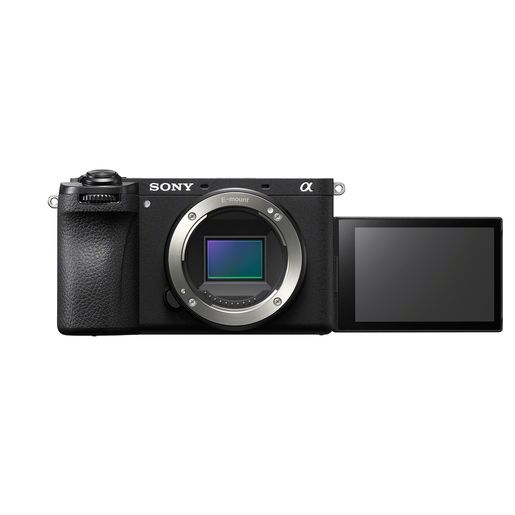
Sustainability & Smart Spending (DE context)
Buy once, buy right: a body you’ll keep 3–4 years and lenses you’ll keep 8–10. Consider manufacturer-refurb or open-box deals at Mundus Digital Cameras for value and warranty. Choose a small everyday prime to reduce “upgrade itch”—better composition beats chasing specs. If you upgrade bodies later, your lenses come along, lowering long-term footprint and cost.
Conclusion
The best camera is the one that fits your life and invites you to shoot more. Choose a system with lenses you’ll actually use, a sensor that matches your light and style, autofocus that nails the moment, and ergonomics that disappear in your hands. For video, decide how much colour control you want (8-bit simplicity vs. 10-bit headroom) and make sure the ports and power match your plans. Build slowly: one versatile zoom, one fast prime, one spare battery, one card you trust. With the selection and hands-on testing available at Mundus Digital Cameras, you can turn research into real-world results—photos and videos that look like your memories felt.
FAQ
- Mirrorless or DSLR—which should I choose in 2025?
Mirrorless. Faster autofocus, better live view, lighter kits, and active lens development. DSLRs still work, but new lenses and features flow to mirrorless first. - Do I really need full-frame?
Not always. APS-C and Micro Four Thirds deliver fantastic results with lighter, cheaper lenses. Choose full-frame if you crave shallow depth of field and low-light headroom. - How many megapixels are enough?
24 MP is a sweet spot for detail and low noise. Go 40–60 MP if you print huge or crop aggressively; expect larger files and steadier technique. - Which two lenses should I start with?
A standard zoom (e.g., 24–70 FF or 17–70 APS-C) and a fast prime (35 or 50 FF; 23/33/56 APS-C). Add a tele zoom later. - Is 10-bit video worth it?
If you grade colour or shoot tough contrast (sunset, stage lights), yes. For quick edits and social posts, 8-bit is fine. - How important is IBIS?
Very, if you shoot handheld photos in low light or video on the move. Tripod or studio shooters can live without it. - Can I use old DSLR lenses on mirrorless?
Often yes, via adapters. AF speed/quality varies; native mirrorless lenses usually focus faster and weigh less. - How big a memory card do I need?
For 24 MP stills and 4K, two 128 GB UHS-II cards are a safe start. For high-bitrate 4K/6K, consider V60/V90 and 256 GB. - What about weather sealing—is it essential?
If you shoot outdoors in German weather, it’s comforting. Still, sealing isn’t invincibility—use covers in heavy rain and dry gear after. - How do I get better fast without upgrading?
Learn your AF modes, shoot RAW+JPEG, practice exposure triangle, and review at 100% to spot focus/shutter mistakes. A weekend photo walk teaches more than a new spec sheet.

